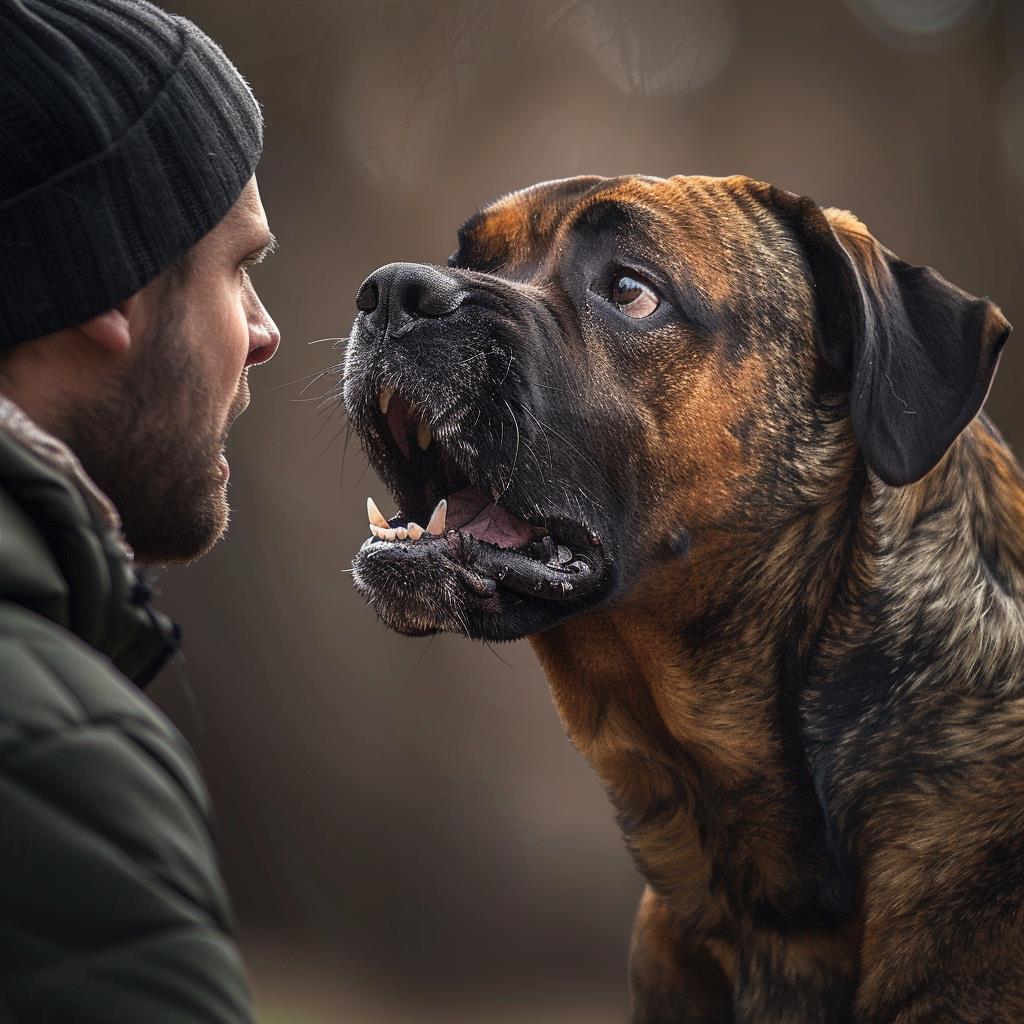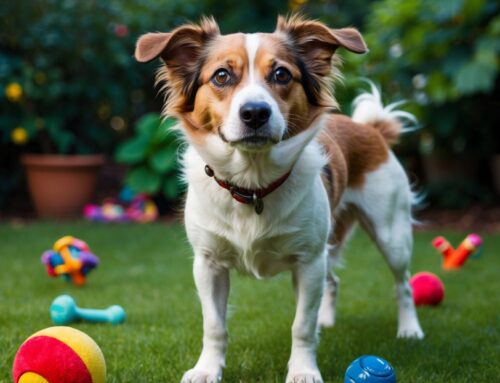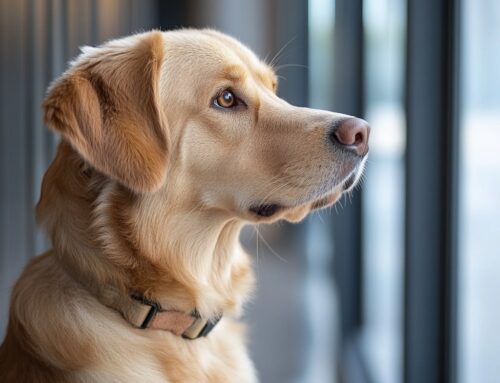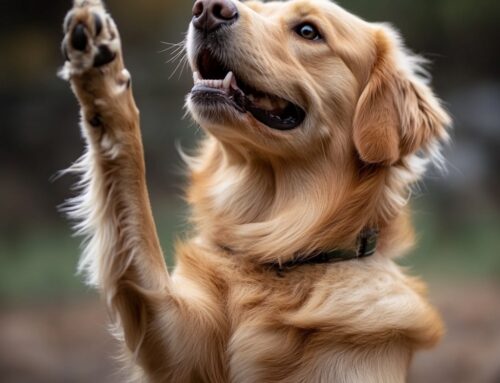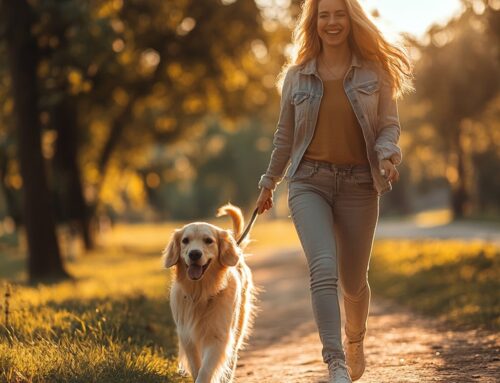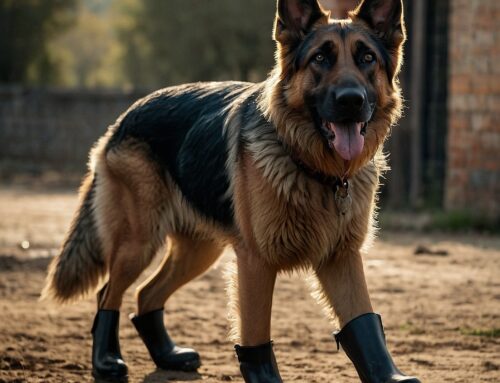Aggressive behavior in dogs can be challenging and distressing for both owners and the animals themselves. However, with the right approach and guidance, rehabilitation is not only possible but can lead to transformative changes in a dog’s behavior. The vital role that a professional dog trainer for aggressive behavior can play in the rehabilitation of dogs is instrumental in not only addressing the immediate symptoms of aggression issues but also in fostering long-term behavioral change that enhances the overall well-being and quality of life for both the dog and its owners. By employing a combination of expertise in canine behavior, strategic assessment, and a diverse array of positive reinforcement techniques, these dog trainers act as skilled guides on a transformative journey, helping dogs overcome their aggressive tendencies and fostering a positive and harmonious bond between pets and their human companions.
Understanding Aggressive Dogs
Before we embark on the journey of rehabilitation, it’s essential to understand the various sides of aggression in dogs. Dog aggression can manifest in different forms, including fear aggression, territorial canine aggression, possessive food aggression, and social aggression to other dogs. Recognizing the signs and triggers of aggression is crucial for effective intervention. Dogs may display behaviors such as growling, barking, snapping, or biting, often as a response to perceived threats or stressors.
The origins of aggressive behavior in dogs can often be rooted in past experiences, traumas, or lack of socialization during critical developmental stages. It’s important to consider the dog’s history, including any prior incidents of abuse, neglect, or exposure to threatening situations when it comes to aggressive dog training. Some dogs may display aggression due to fear or anxiety resulting from past mistreatment, making the understanding of their unique backgrounds a key component in tailoring rehabilitation strategies.
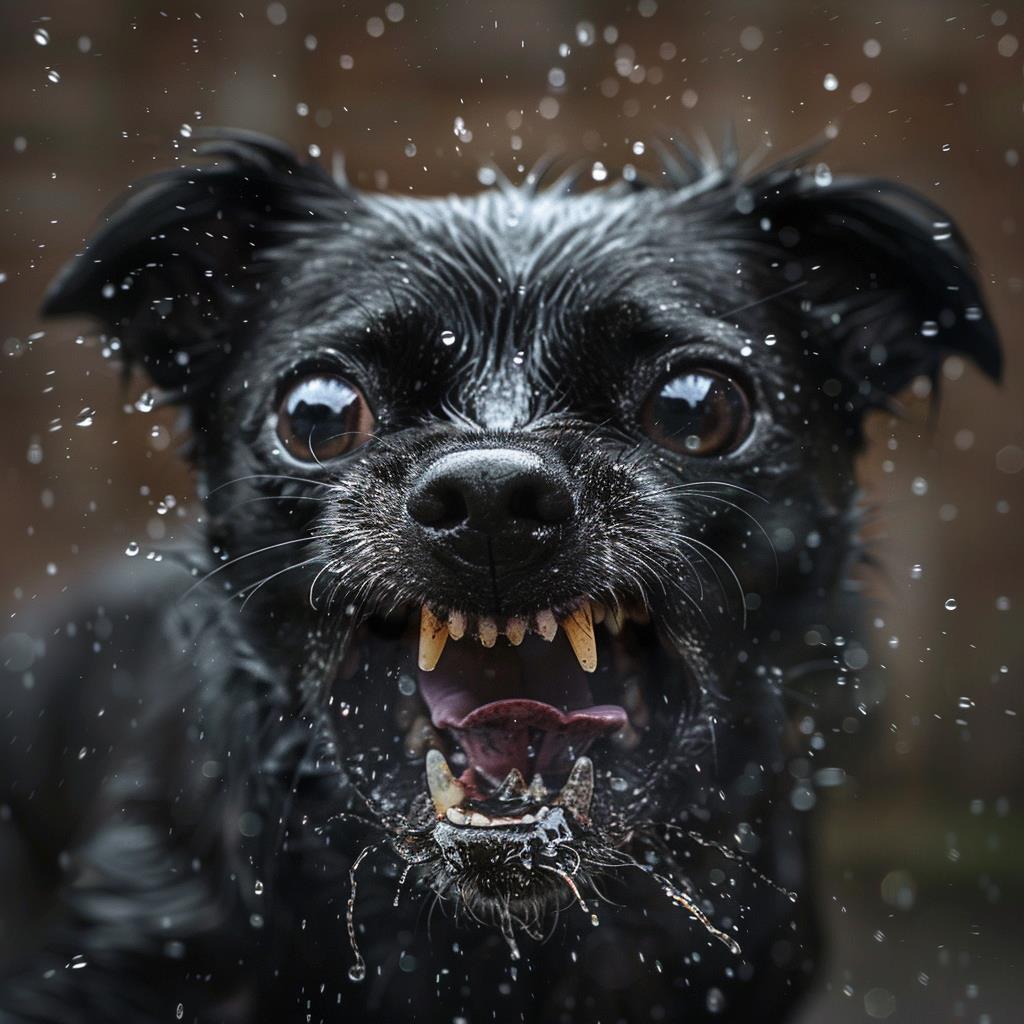
Addressing aggressive behavior also involves evaluating the dog’s overall health and well-being. Pain, discomfort, or underlying medical conditions can contribute to irritability and aggressive responses. Professional dog trainers, equipped with their expertise, collaborate with veterinarians to rule out any potential physical factors influencing the dog’s behavior. This comprehensive understanding allows trainers to develop tailored rehabilitation plans that address both the behavioral and physical aspects of aggression, increasing the likelihood of successful dog aggression rehabilitation and a lasting transformation in the dog’s demeanor.
The Complexity of Aggression Rehabilitation with a Professional Dog Trainer
Aggressive dog rehabilitation is complex process that demands a comprehensive understanding of canine behavior. It goes beyond just addressing the surface-level symptoms and involves identifying the root causes of aggression and the behavior problems. Trainers play a pivotal role in unraveling this complexity, employing a combination of behavioral analysis, positive reinforcement, and hands-on techniques to guide dogs toward more desirable behavior.
Initiating the rehabilitation process for an aggressive dog involves a comprehensive strategy that goes beyond mere behavioral correction and also considers your dog’s individual personality. This approach delves into the root causes of aggression, taking into account factors such as fear aggression, anxiety, possessiveness or resource guarding, frustration aggression or past traumatic experiences. Recognizing the body language, warning signs and understanding the nature of aggressive behavior in your dog sets the stage for a thoughtful and compassionate rehabilitation process.
The Trainer’s Expertise in Assessment
The journey toward rehabilitation starts with a thorough assessment conducted by the professional trainers. This assessment involves a deep dive into the dog’s history, environment, and triggers. Trainers use their expertise to analyze behavioral patterns, identifying the specific circumstances that lead to aggressive outbursts. This initial evaluation is crucial in tailoring a rehabilitation plan that addresses the unique needs of each dog and help both you and your dog.
The environmental analysis is equally integral, as trainers inspect the living conditions, daily routines, and interactions within the dog’s surroundings. Identifying stressors, potential triggers, and areas of discomfort allows trainers to recommend adjustments that create a more supportive and conducive environment for rehabilitation. And as a professional trainer collaboration with the dog’s owner is also an integral aspect of the assessment process. Trainers work closely with owners, encouraging open communication about the dog’s history, daily routines, and any observed behavioral nuances. This collaborative exchange of information ensures a comprehensive understanding of the dog’s personality and the dynamics between the dog and its human family.
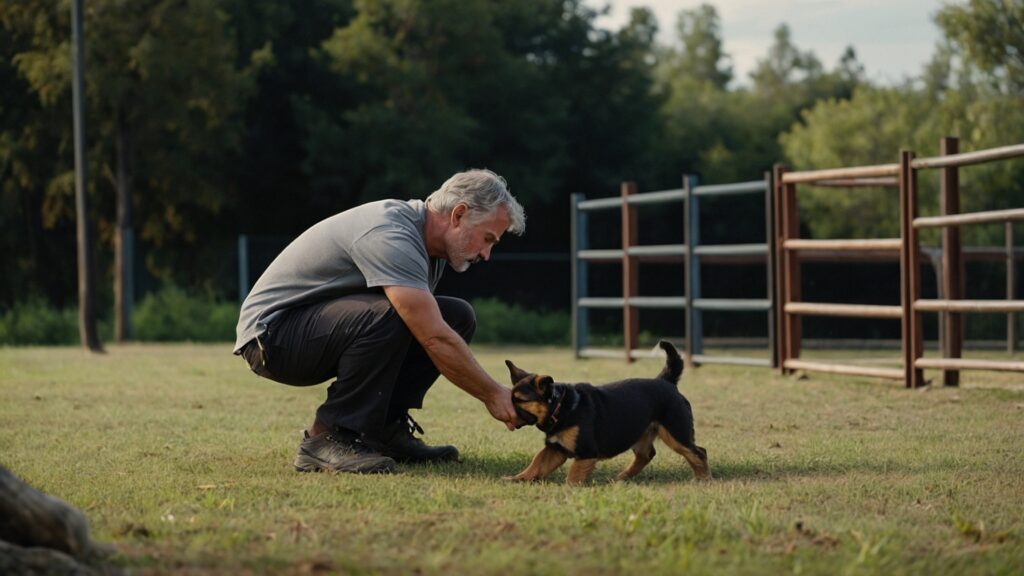
Dog Obedience Training and Basic Commands
Basic obedience training forms a critical foundation for rehabilitation. Dog trainers focus on instilling fundamental commands like “sit,” “stay,” “leave it,” and “come,” not only fostering better control but also cultivating discipline and communication within the dog-owner relationship within the basic obedience training. These commands serve as invaluable tools in redirecting attention and preventing aggressive behaviors from escalating, providing owners with a means to manage potential triggers effectively.
Dog trainers in aggression rehabilitation emphasize that aggression is a learned behavior. They advocate for a comprehensive training approach, highlighting the importance of a protocol centered on obedience under distraction as the key to reversing this learned behavior. The ultimate goal is to achieve polished obedience, enabling dogs to tolerate triggers that initially caused aggression through the practice of “impulse control.” This strengthened obedience not only guides dogs away from unwanted behaviors but also empowers them to maintain composure even when faced with distractions.
Beyond practical control, obedience training plays a pivotal role in reducing anxiety and establishing trust between the dog and its owner. The positive reinforcement techniques employed during training sessions create a positive association between obedience and favorable outcomes, breaking negative behavior patterns. As owners integrate these commands into daily routines, the shared language of obedience becomes a powerful tool for promoting positive behavior and building a more balanced and harmonious companionship.
Behavior Modification Techniques
Central to the rehabilitation process is the use of behavior modification techniques. Trainers leverage positive reinforcement to encourage desirable behaviors while discouraging aggressive ones to help fix aggression. This involves the strategic use of rewards, praise, and treats to reinforce calm and non-aggressive actions. The consistency and timing of reinforcement are paramount, creating a strong association between positive behavior and positive outcomes.
Positive reinforcement acts as a powerful catalyst in reshaping the dog’s responses to triggers, instilling a sense of predictability and reward for desired conduct. Trainers meticulously tailor their approach to the individual dog, recognizing the uniqueness of each case. This personalized touch ensures that the reinforcement aligns with the specific needs and preferences of the dog, fostering a positive and cooperative attitude.
The success of behavior modification in dog aggression rehabilitation relies on the careful orchestration of reinforcement, creating an environment where the dog begins to associate positive emotions and experiences with behaviors that counteract aggression. Trainers work collaboratively with owners, imparting the skills and insights necessary to maintain consistency in reinforcing positive behaviors beyond the training sessions. As this positive reinforcement cycle unfolds, the dog not only learns to replace aggressive responses with more desirable actions but also develops an increased trust in the owner, forming the bedrock of a rehabilitated and harmonious relationship.
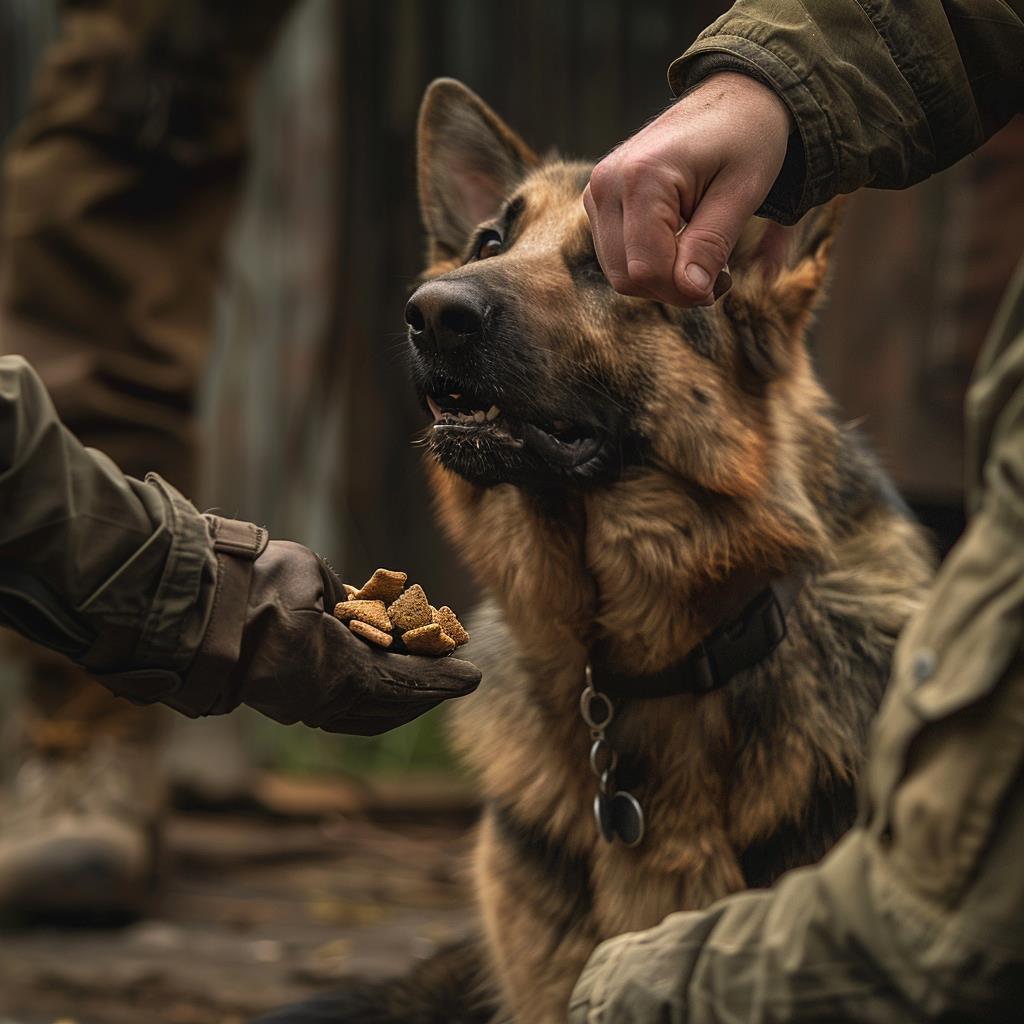
Socialization Strategies for Aggressive Dogs
Controlled and supervised socialization is a key aspect of rehabilitation. Trainers carefully introduce aggressive dogs to other dogs and people in a controlled environment. These interactions are structured to be positive, gradually building the dog’s confidence and reducing fear or anxiety associated with social situations. The trainer’s expertise is pivotal in creating safe and positive socialization experiences.
The pivotal role of trainers lies not only in orchestrating positive socialization experiences but also in ensuring the safety of each interaction within the dog aggression rehabilitation program. Their understanding of canine behavior allows them to intervene effectively especially with other animals, preventing conflicts and creating an environment where the aggressive dog can adapt and learn without undue stress. These controlled socialization strategies, guided by expert trainers, become a transformative tool, reshaping perceptions, building confidence, and fostering positive connections as part of the rehabilitation journey for aggressive dogs.
Owner Education and Involvement
Successful rehabilitation extends beyond the training sessions. Trainers play a crucial role in educating dog owners about their pet’s behavior. Understanding the signs of aggression, recognizing triggers, and learning how to implement training techniques at home are essential for sustainable progress. The collaboration between trainers and owners is a dynamic partnership, with consistent involvement being a key factor in a dog’s rehabilitation journey.
The collaboration between trainers and owners transforms into a dynamic partnership, where consistent involvement becomes an important part in the dog’s rehabilitation journey. Trainers not only impart essential knowledge but also provide ongoing support, ensuring that owners feel equipped and confident in implementing learned techniques. This collaborative approach extends beyond the training environment, encouraging a seamless integration of rehabilitation principles into the daily routines and interactions between the owner and their dog. In this symbiotic relationship, where education meets active participation, the potential for long-term behavioral change is maximized, creating a resilient foundation for a harmonious and enriched bond between owners and their rehabilitated canine companions.
Collaboration with Veterinarians and Behaviorists
In some cases, aggression in dogs may be linked to underlying medical issues. Trainers collaborate with veterinarians and animal behaviorists to address potential health concerns that could contribute to aggressive behavior. This collaborative approach ensures an understanding of the dog’s well-being and allows for a comprehensive and integrated rehabilitation plan.
Through this collaborative dance, trainers, veterinarians, and behaviorists form a unified front, with the shared goal of enhancing the dog’s overall quality of life. Regular check-ins, open communication, and a synchronized approach ensure that both the physical and behavioral aspects are considered in tandem. This collaborative framework goes beyond addressing immediate concerns; it sets the stage for a transformative rehabilitation journey that encompasses the entirety of the dog’s well-being. In the intricate tapestry of rehabilitation, this collaboration becomes a testament to the dedication of professionals working cohesively to offer the best possible care for dogs navigating the complex terrain of aggression and its multifaceted origins.
Patience and Consistency in Rehabilitation
Rehabilitation is a gradual process that demands patience and consistency. Trainers emphasize the importance of regular training sessions within their training programs, reinforcement of positive behaviors, and the need for a calm and assertive demeanor. Patience is a virtue in the world of aggressive dog rehabilitation, as progress may take time, and setbacks in the unwanted behavior are part of the journey.
Guiding dog owners through this labyrinth, trainers underscore the importance of consistent, regular training sessions. Beyond structured routines, these sessions provide dedicated opportunities to reinforce positive behaviors, fostering incremental steps toward behavioral change. The patience exercised in these moments becomes a powerful catalyst, creating a space for dogs to learn, adapt, and internalize new behaviors. Simultaneously, a calm and assertive demeanor, maintained by both trainers and owners, serves as a stabilizing influence, contributing to the dog’s sense of security throughout the intricate dance of rehabilitation. Together, patience and consistency become the compass guiding the transformative journey, where progress unfolds gradually and the ultimate goal of a harmonious companionship is achieved.
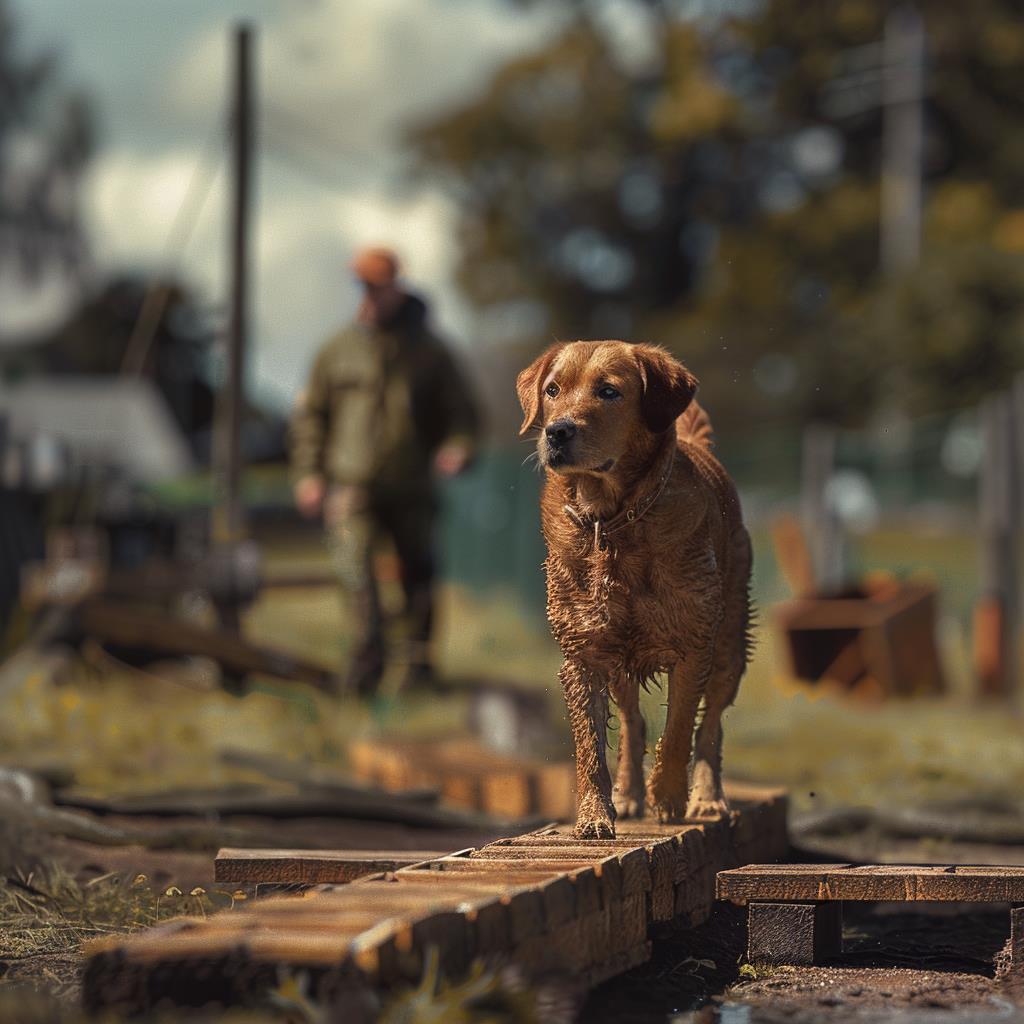
The Transformative Impact of a Dog Trainer for Aggressive Behavior in Aggression Rehabilitation
Trainers emerge as the guiding lights in aggressive dog rehabilitation, orchestrating a symphony of techniques and strategies to transform challenging behavior into positive outcomes. Through assessments, behavior modification and obedience, socialization, and owner education, trainers not only address the symptoms of aggression but also work towards creating a harmonious and trusting relationship between dogs and their owners. The rehabilitation journey is a testament to the transformative power of professional guidance, illustrating that with the right approach, every dog has the potential to overcome aggression and thrive in a supportive and understanding environment.
For expert guidance in transforming your dog’s aggression, turn to Performance K9 Training and Boarding. Led by founder David Greene, their Aggression Rehabilitation program addresses individual needs with personalized solutions. This structured board and train program, integrating proven techniques, creates a supportive environment for both dog and owner. Experience the joy of a harmonious bond with your once-aggressive companion by enrolling in Performance K9 Training and Boarding’s Aggression Rehabilitation program. Schedule a free consultation today to embark on this transformative journey where expertise and empathy converge for a well-balanced relationship with your four-legged friend.



